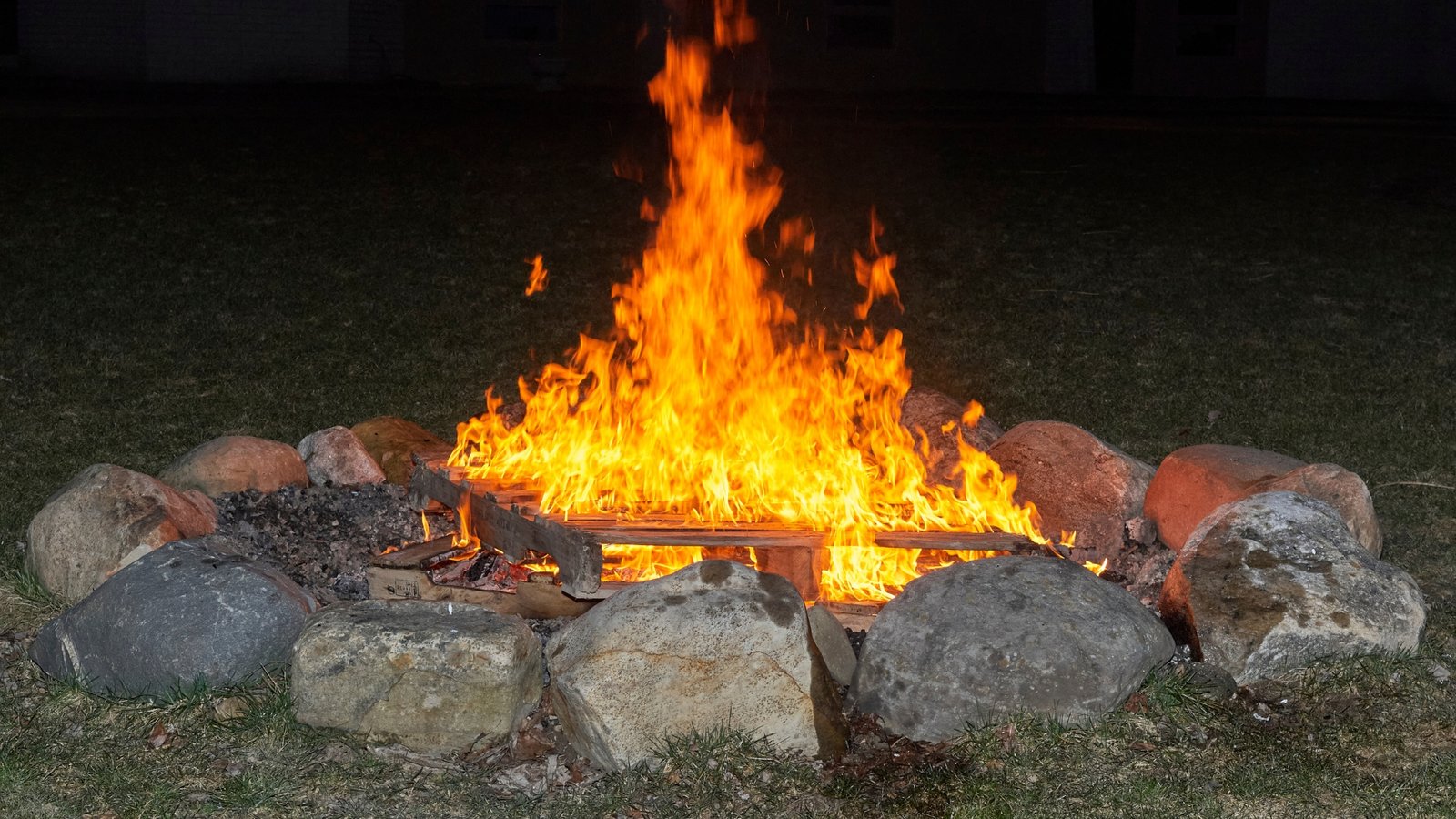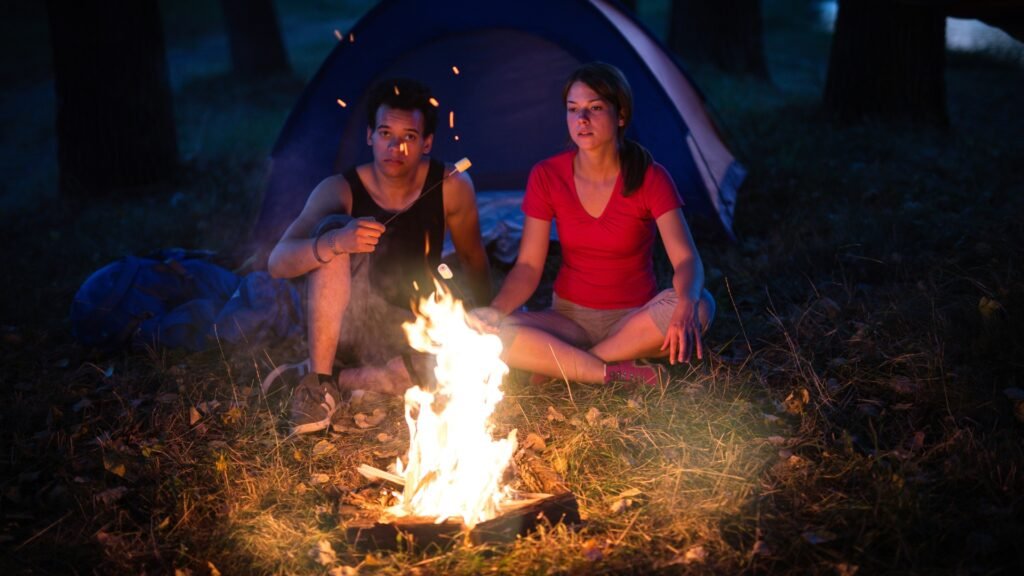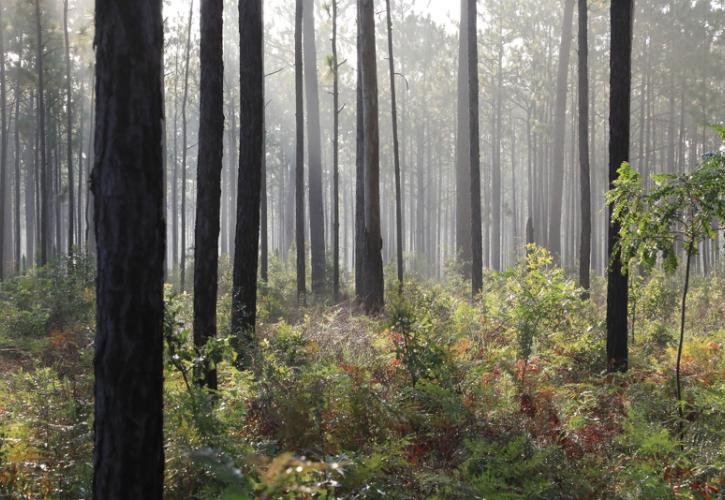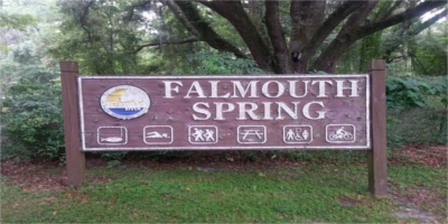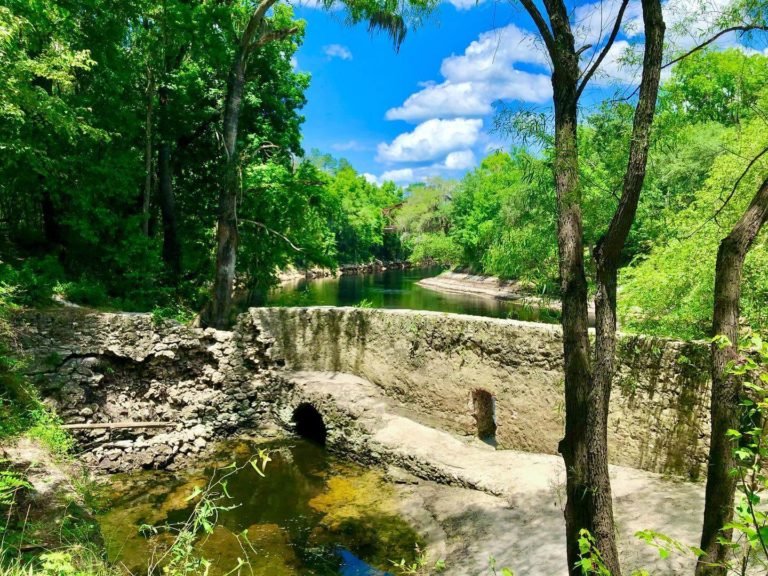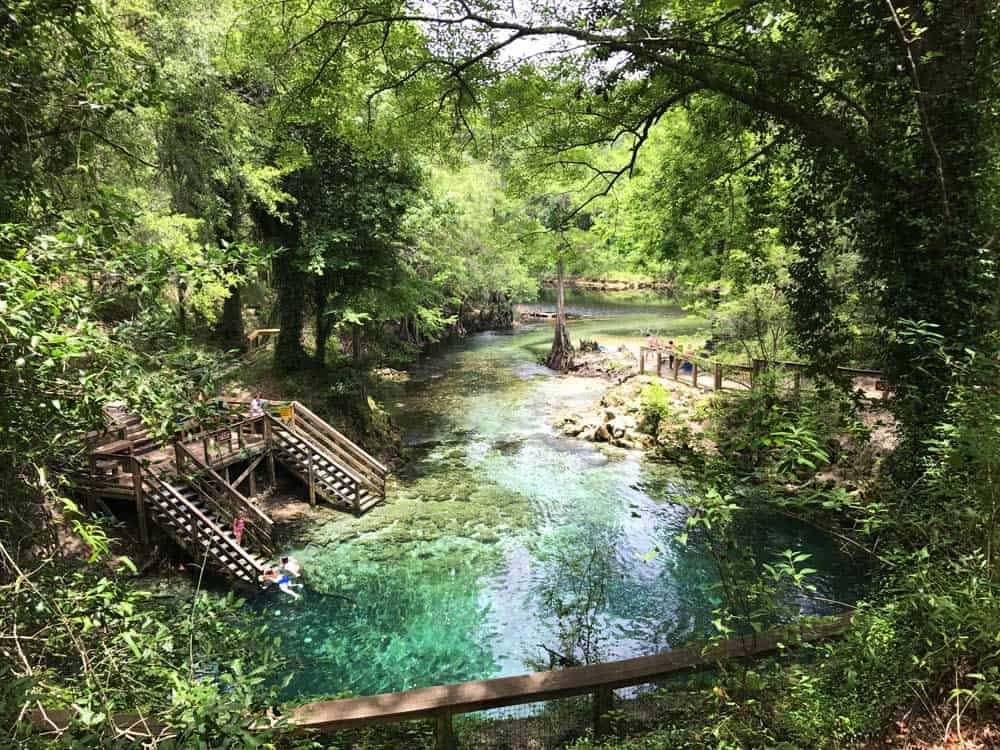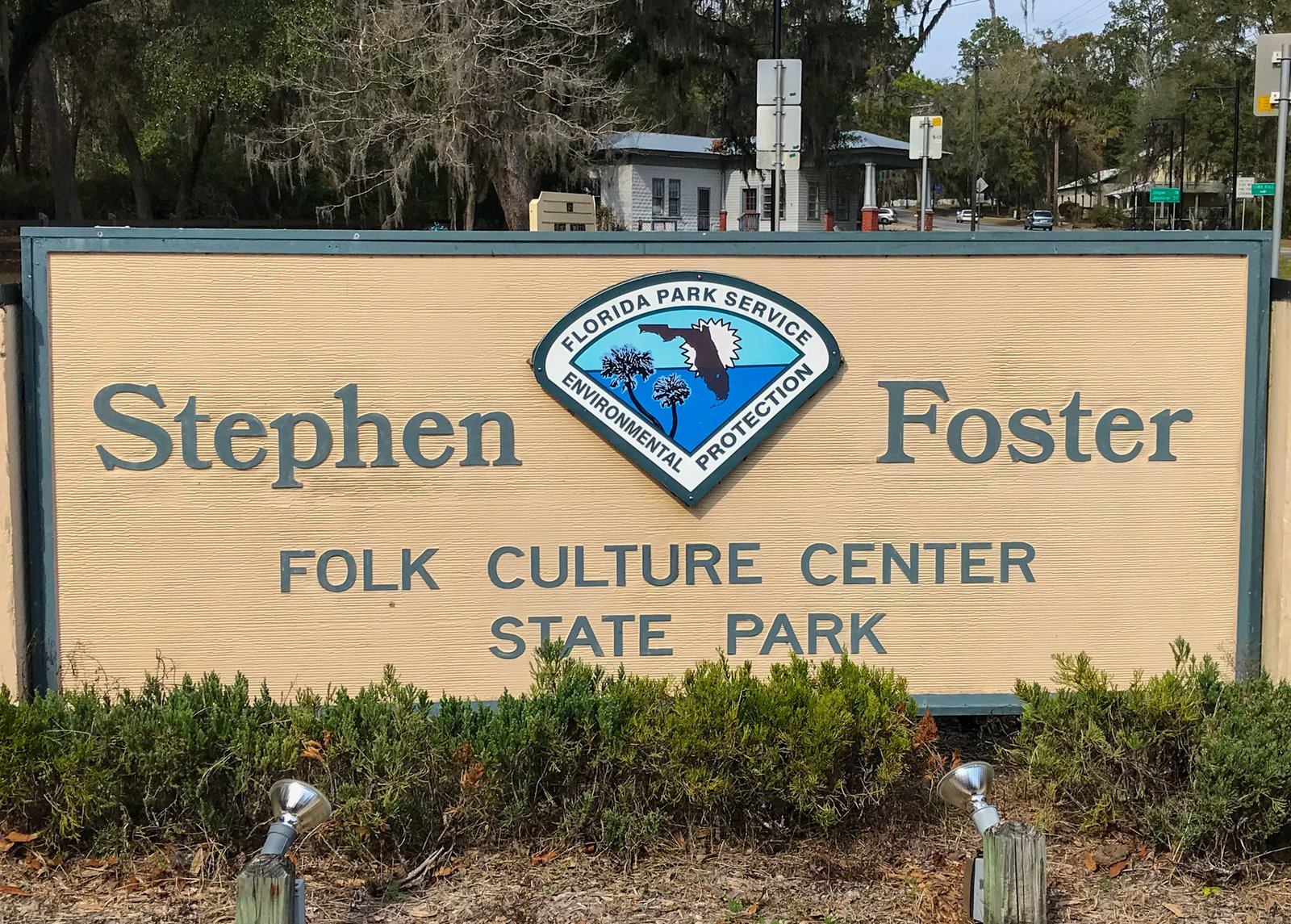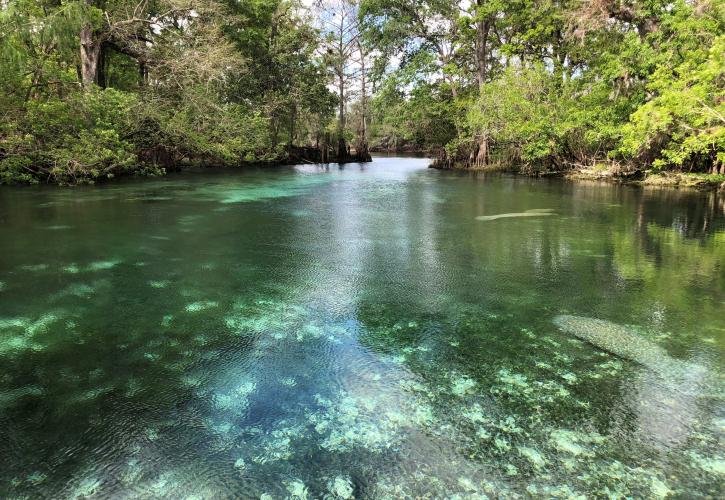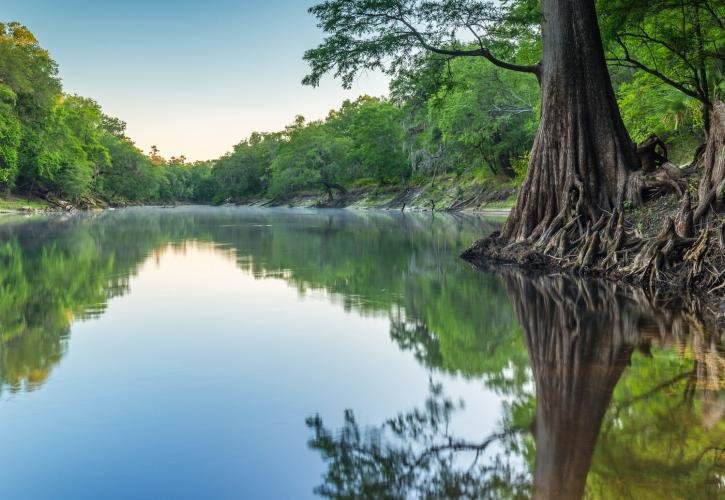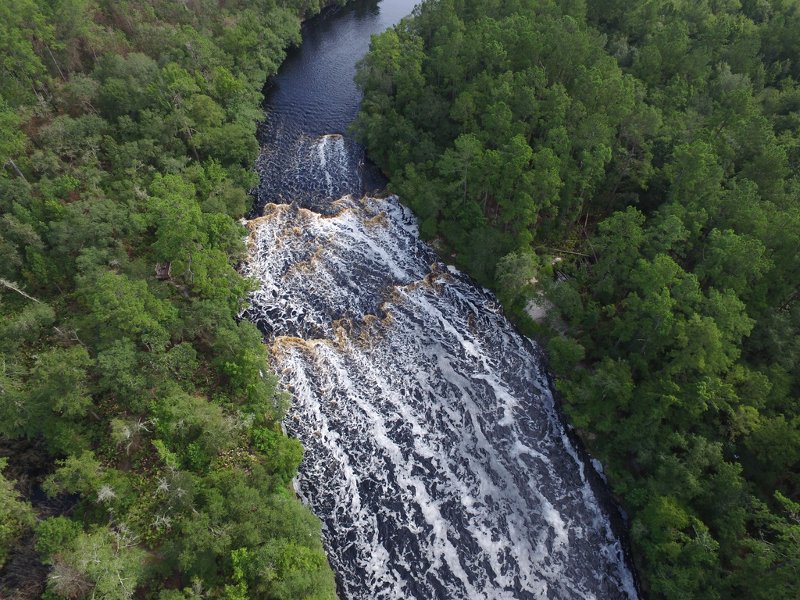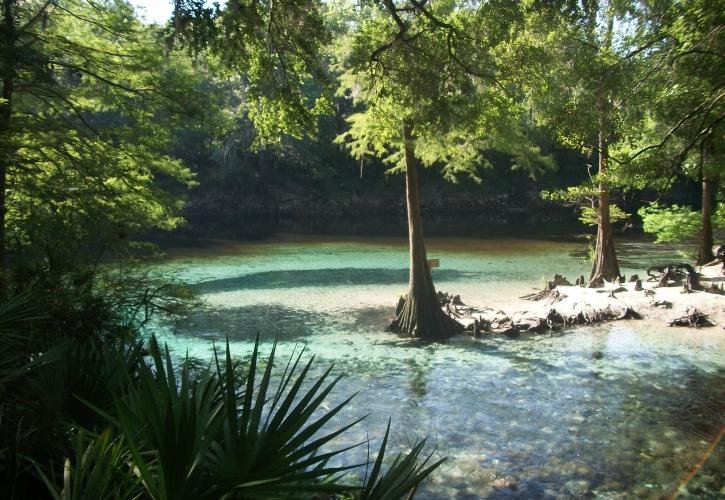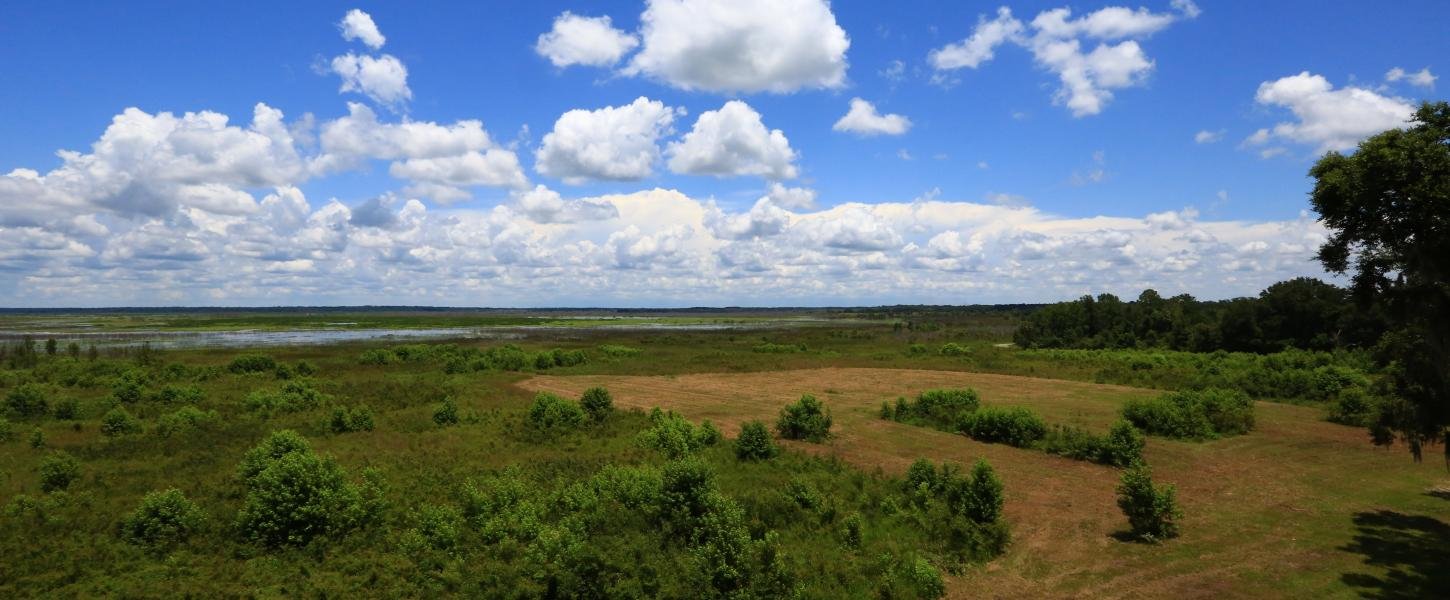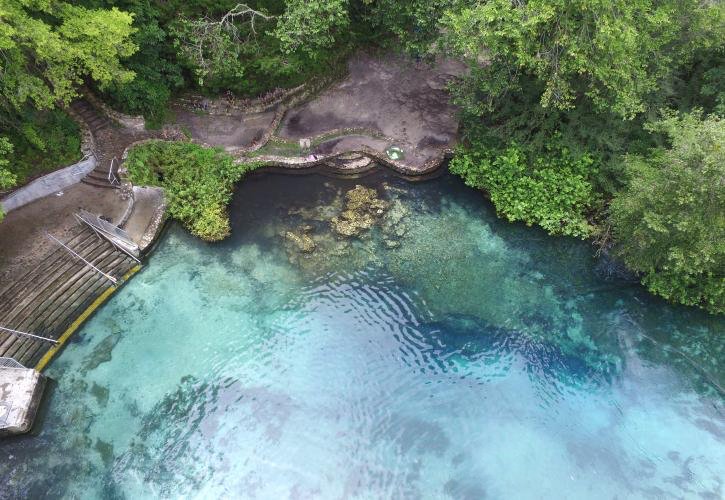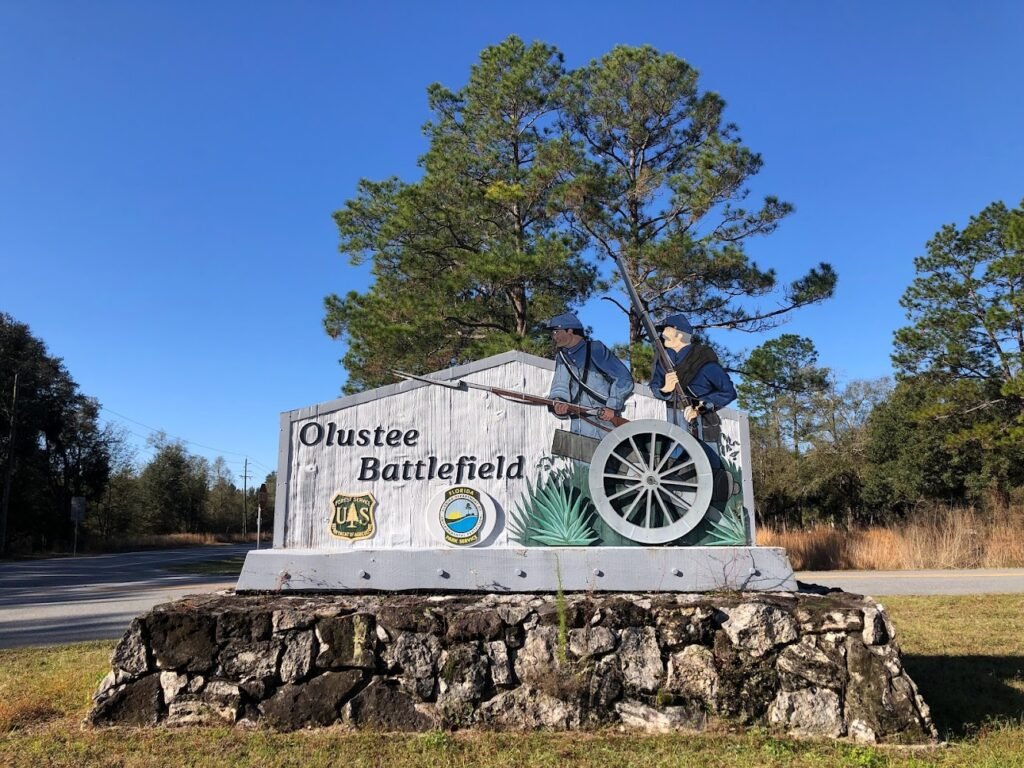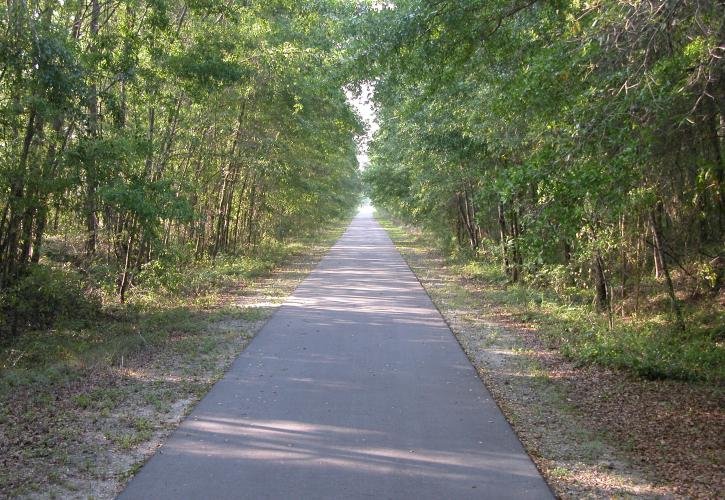There are fewer things more satisfying than sitting around a campfire at night. After a day of hiking or exploring, the comforting smell of a fire paired with a delicious cooked meal or batch of s’mores seems to melt away every last bit of stress. A campfire is also an awesome way to bond with other campers, swap stories, and get to know people who love a good adventure as much as you do.
But do you know how to safely build and maintain a fire? As regions of the country experience more dry spells (and more forest fires as a result), there’s never been a more important time than now to brush up on your fire safety.
Here are our top tips to safely build, manage, and extinguish your next campfire. Once you read this journal post, test your knowledge by taking the Campfire Safety Quiz.
The Basics
The first step to making any fire anywhere, is to make sure fires are allowed in the first place. Is that campsite, national park, or property owner allowing fires right now? What has the weather been like? Has there been rain recently? Is it really windy? If conditions are extremely dry, there could likely be a fire ban—and for good reason. Thousands of wildfires have recently devastated various regions throughout the US, and respecting fire safety laws is paramount to being a good steward of the land.
Once you’ve gotten permission to have a fire, look around for an existing fire pit. If there is one, this is where you should be building your fire. If there isn’t one, scope out a relatively clear area that’s at least 15 feet from trees and your tent.
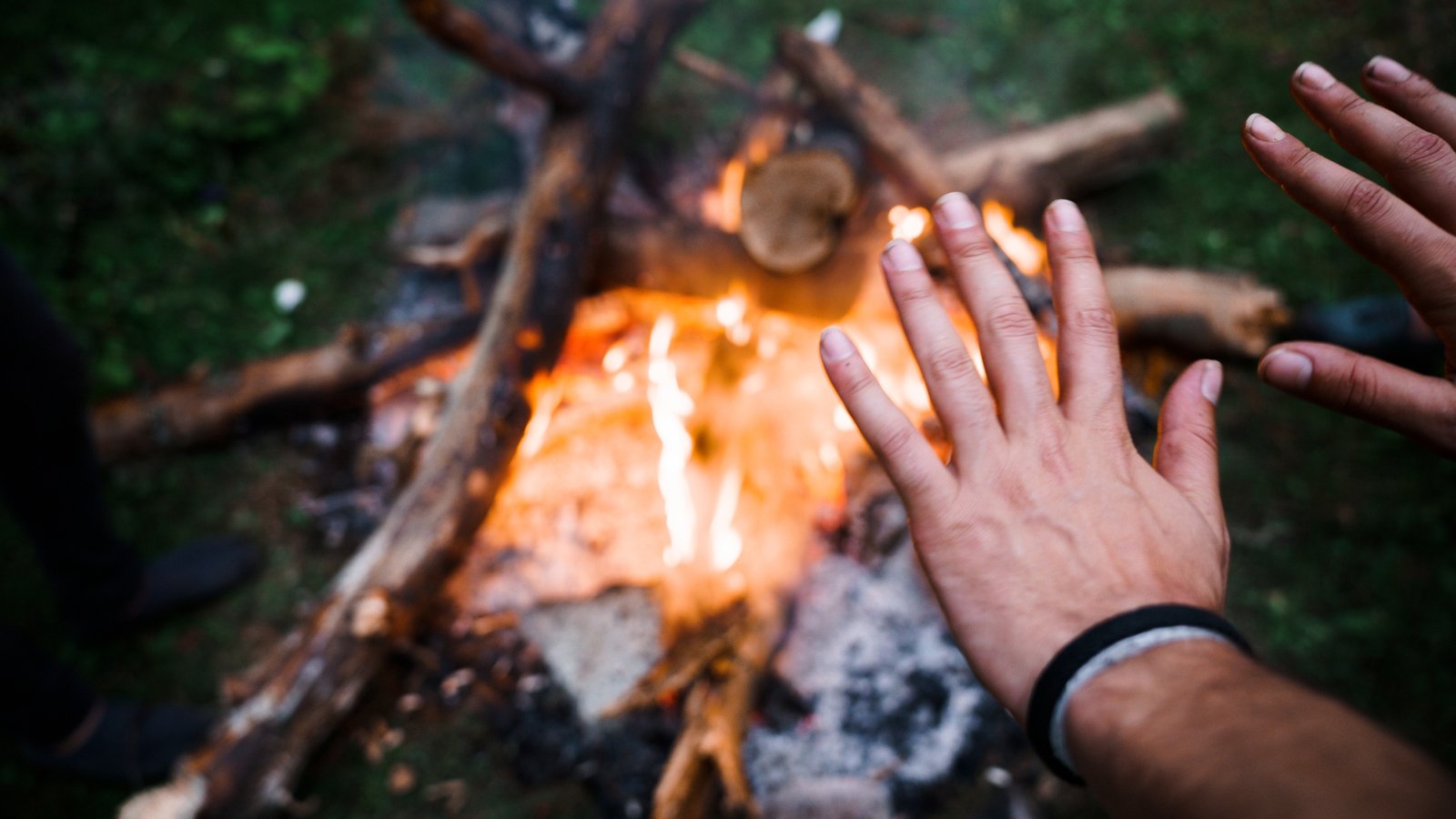
Fire Prep
Fires should be built far away from any dry, combustible items. Make sure to clear any excess dry leaves or debris from the area where you plan to build your pit and make your fire, and be aware of any flammable chemicals or fuel tanks that may be around the campsite.
To make a fire pit, clear a space and surround it with a circle of rocks to keep your fire contained. Keep a fire extinguisher or bucket of water and a shovel handy to be able to easily put out your fire at any time. Now you’re ready to make your fire.
Starting & Maintaining a Fire
There are a ton of ways to make a fire, but a few basic principles apply. First, fires feed off oxygen and dry material. Don’t cut live branches off of trees, these won’t burn. Gather fallen, dead, and dry branches of various sizes (that range from small to large) as well as some kindling. Kindling is small, dry materials you’ll use to start your fire. Kindling can be pine-needles, dead grass, rolled up balls of paper, or even cardboard (just make sure it isn’t coated in plastic).
There are a ton of structures you can choose from to build your fire, but the important thing is to consider how long you want to have it and build something manageable. You wouldn’t want to build something huge if you plan on hitting the hay in an hour.
Start your fire by creating a nest of kindling, igniting it with matches or a lighter, and gently blowing or fanning it until it grows. Slowly add your fallen branches, and wait to throw on a log until you really have something strong going (throwing on a log prematurely will kill your fire). For more tips, this video covers the various techniques of fire building nicely.
Important tips to take into account – if you use a match to start a fire, make sure it is cold before you discard it outside of the fire. It could spark a fire if you drop a match that’s still hot on the ground. Also, never start a fire with flammable liquids such as lighter fluid, as the fire could quickly get out of control.
After your fire gets going, it’s really important to never leave it unattended. All it takes is one big gust of wind (or a bit of loose kindling in a dry season) for a small campfire to get out of hand. Always monitor children and pets when a fire is going, and never attempt to burn anything that could be harmful to you or the environment (plastics, trash, aerosol cans and anything else that might shatter or explode). Natural materials only, folks!
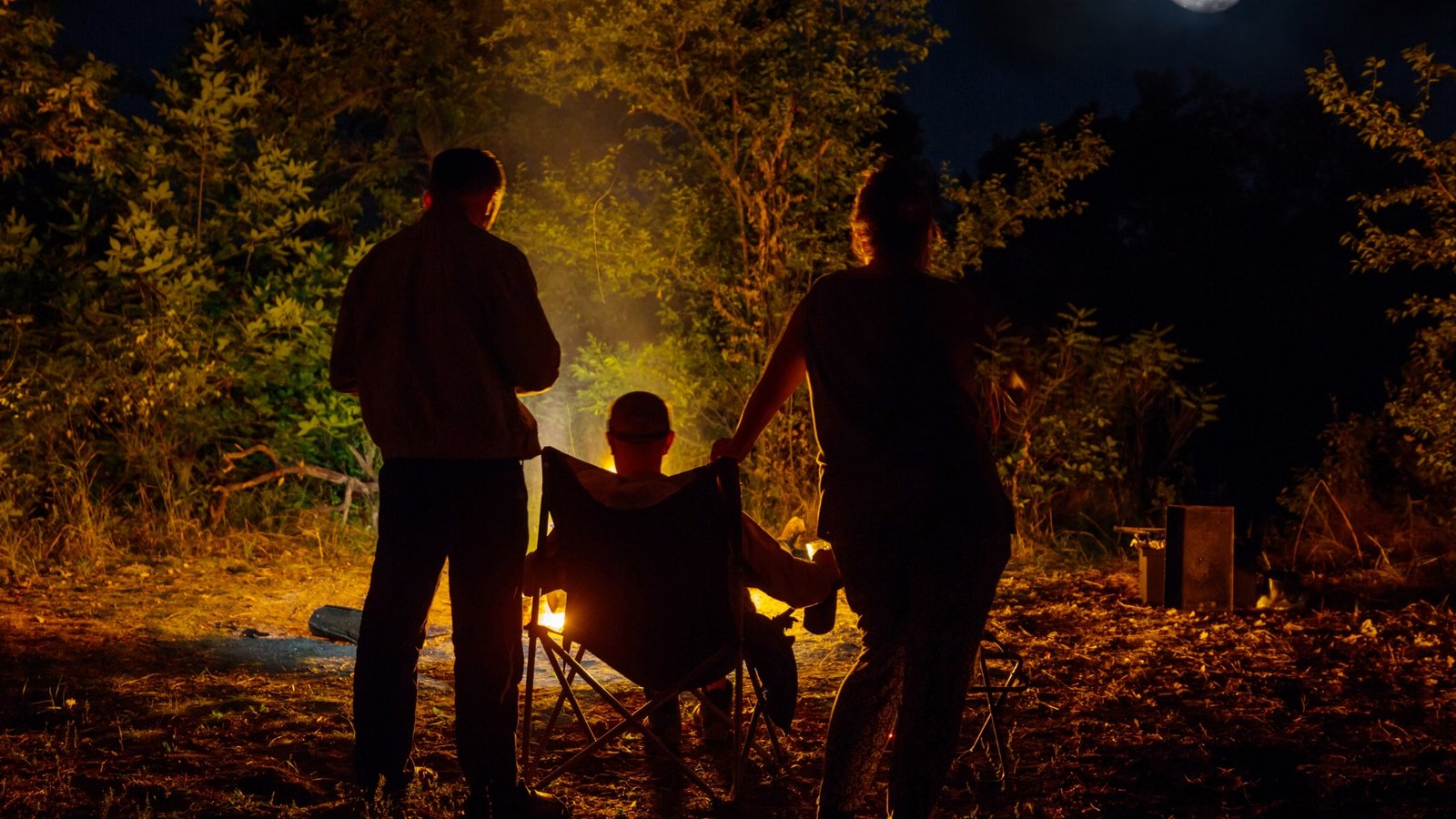
Extinguishing Your Fire
Safely putting out your fire is single-handedly the most important step. We know, all the cowboy movies show people falling asleep to the light of the… blah blah blah. The modern camper handles fires responsibly, not wild-west style.
By the time you’re ready to call it a night, your fire should ideally start to put itself out (which is why size and timing matters), with all or most wood having turned into ash. It’s incredibly important to make sure there are no residual hot embers so the fire cannot reignite.
To fully extinguish your fire, your best friend is water. To extinguish a fire using water, you’ll want all of the fire embers (not just the red ones) to be completely drowned out—aka until the fire stops hissing. Pour it on until it’s quiet, and test to make sure it is cool by holding your hand close to the ashes to feel for any remaining heat.
Building a fire can be a deeply gratifying experience, but as always in your outdoor adventures you should strive to follow Leave No Trace. Remember to pack out all of your trash, and respect land owners by leaving your campsite the way you found it.
